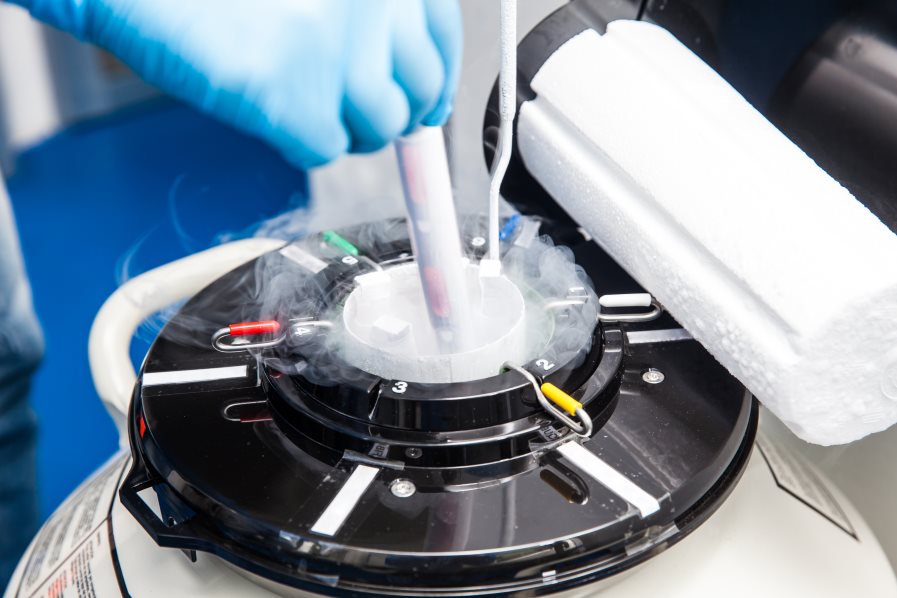Embryo Freezing
Embryo freezing, also known as cryopreservation, is a technique utilized in assisted reproductive technology (ART) to preserve embryos for future use. This process begins with in vitro fertilization (IVF), where eggs are retrieved from the woman's ovaries and fertilized with sperm in a laboratory setting.
After fertilization, the resulting embryos are cultured and monitored for several days to allow them to reach a suitable stage of development. At this stage, the healthiest embryos are selected for transfer into the woman's uterus for implantation, while any additional viable embryos are cryopreserved for future use.
The process of embryo cryopreservation involves carefully preparing the embryos for freezing by replacing water inside the cells with a cryoprotectant solution to prevent ice crystal formation during the freezing process. The embryos are then cooled gradually to ultra-low temperatures using a technique called vitrification, which preserves their viability.
Once frozen, the embryos are stored in specialized cryogenic tanks at a fertility clinic until the intended parent(s) are ready to use them. When the time comes, the embryos are thawed, assessed for viability, and prepared for transfer into the woman's uterus during a subsequent IVF cycle.
Embryo freezing offers individuals and couples undergoing IVF the opportunity to preserve their excess embryos for future use, whether to attempt pregnancy again or to expand their family. It provides a means to maximize the chances of achieving pregnancy while minimizing the need for additional ovarian stimulation and egg retrieval procedures, offering hope to those facing fertility challenges.



.png)
